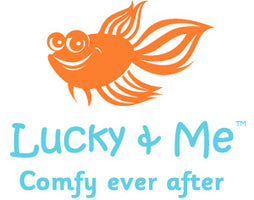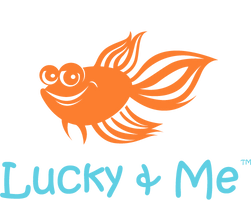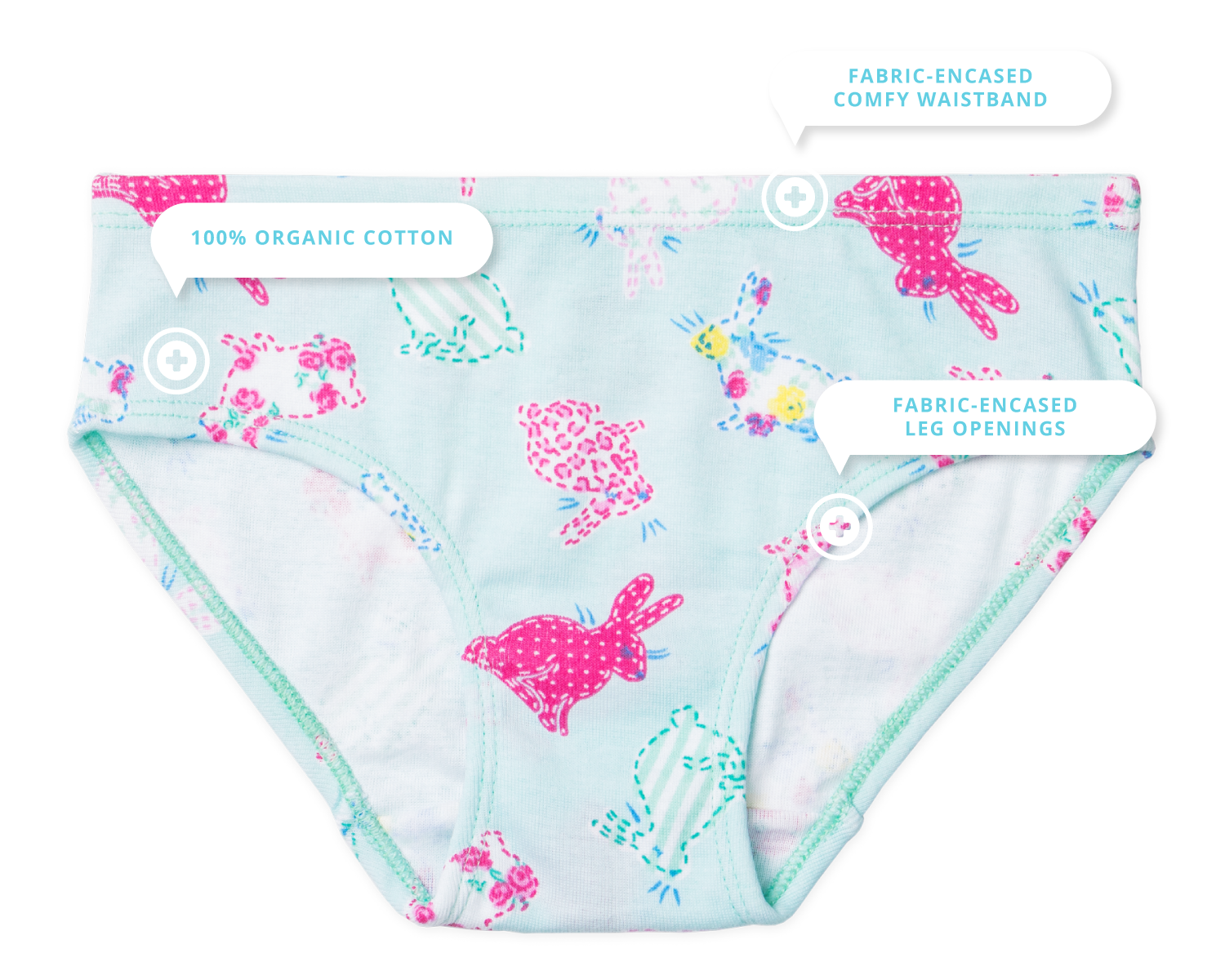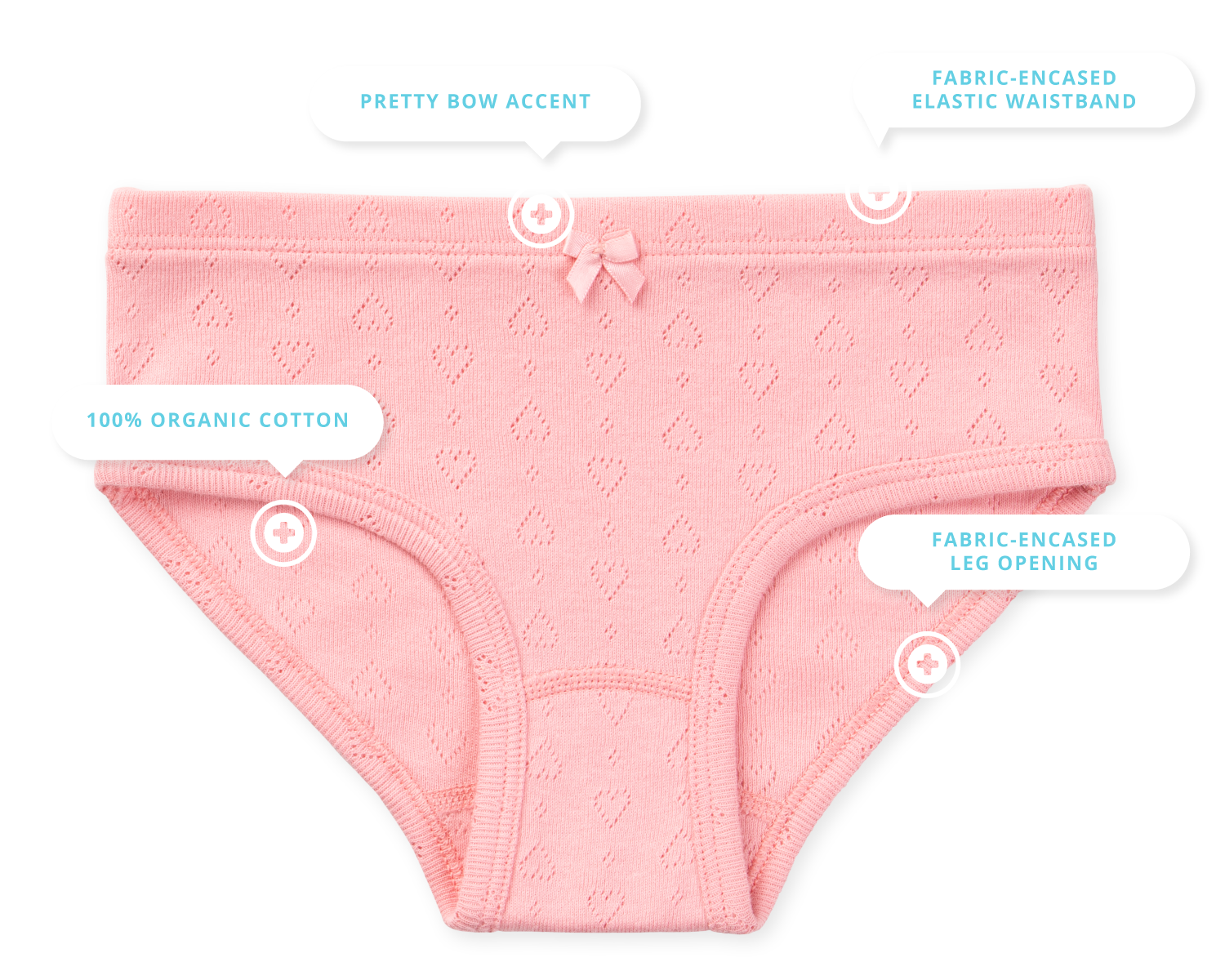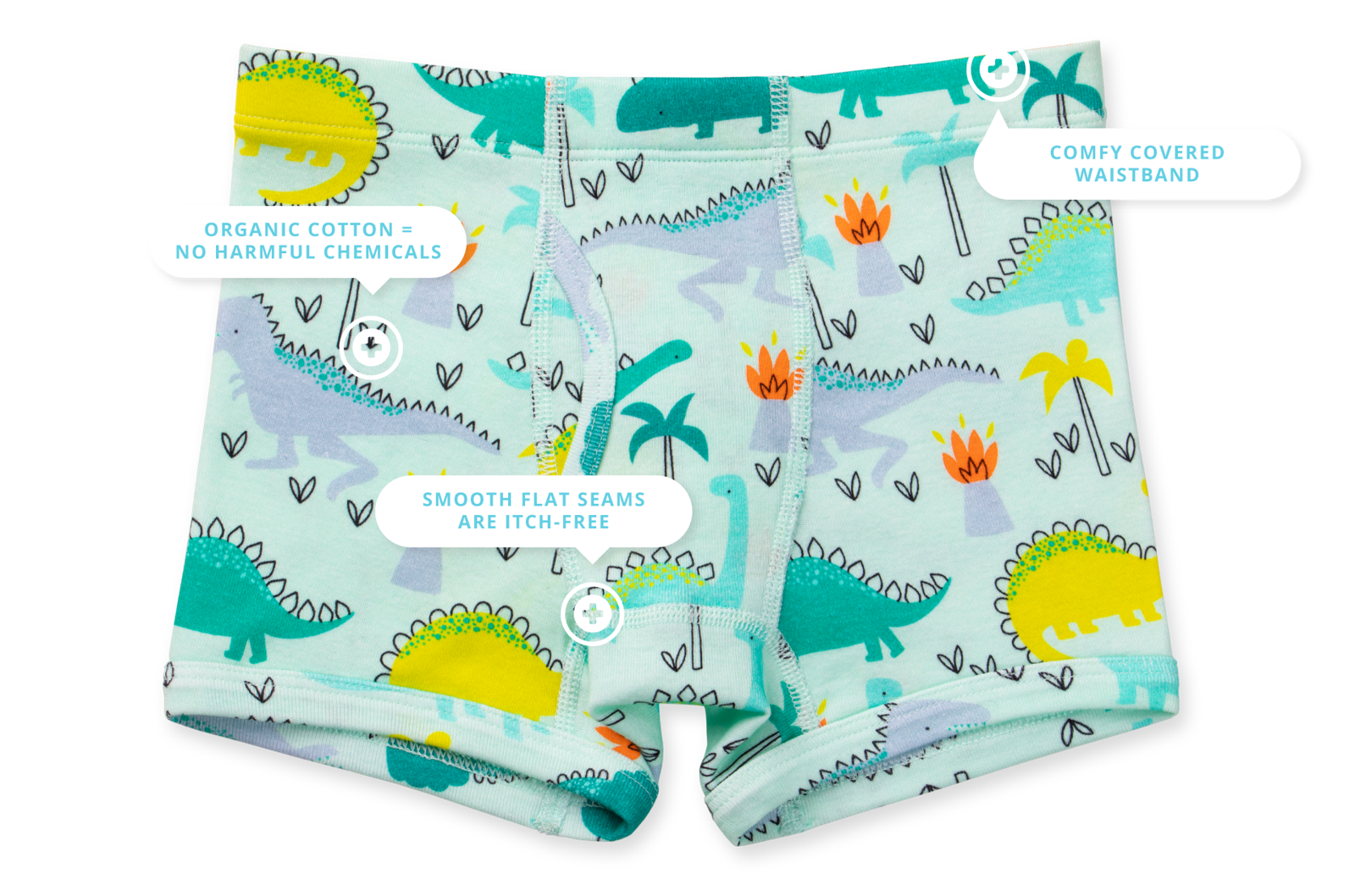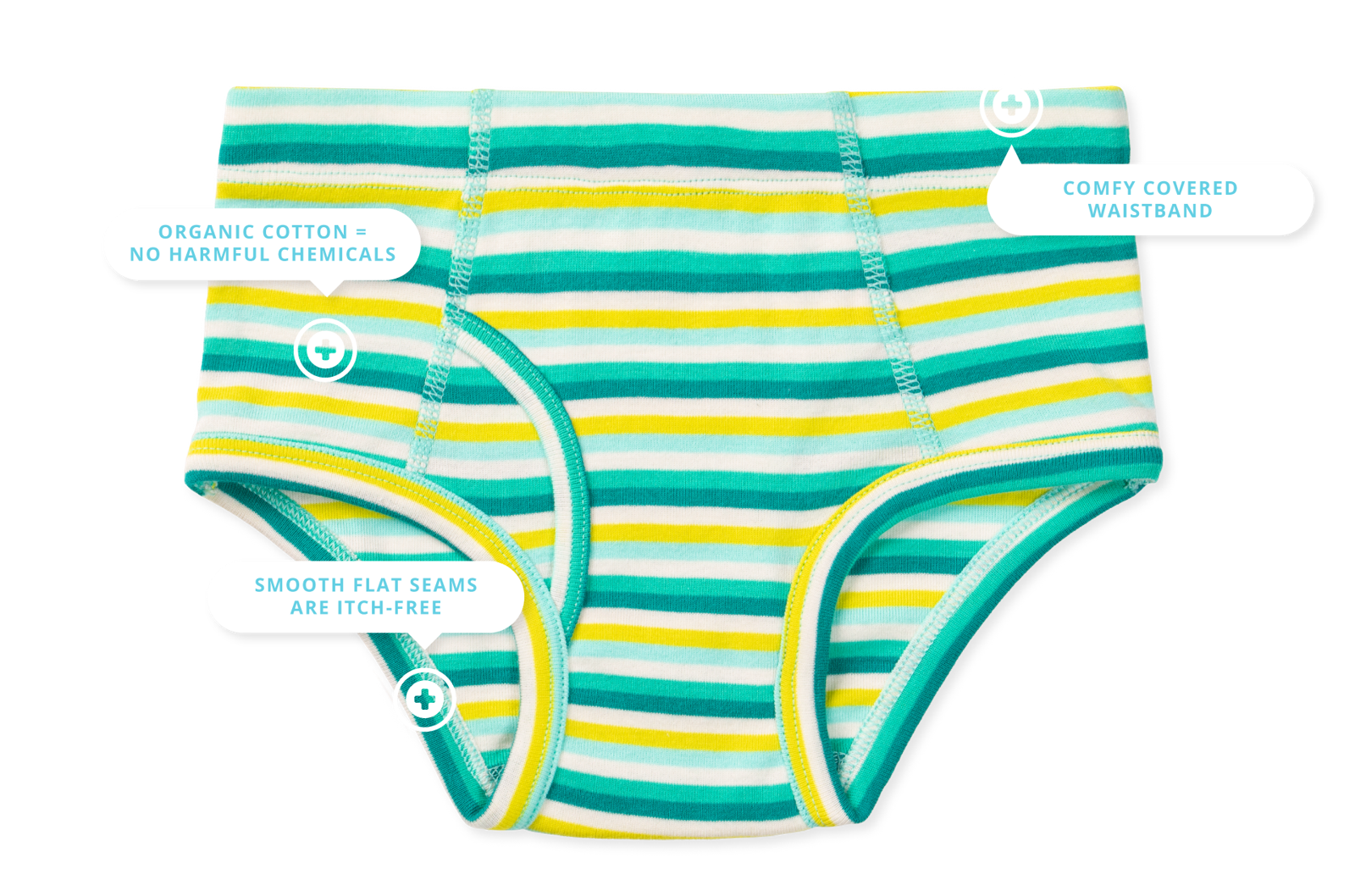ORGANIC COTTON COLLECTION
Gentle & Irritant-Free
Kids Clothing
No Harmful Chemicals
Free from pesticides, herbicides, toxic dyes, and heavy metals
No Harmful Chemicals
Free from pesticides, herbicides, toxic dyes, and heavy metals
Super Soft & Breathable
Pure organic cotton is soothing for sensitive skin
Certified for Your Peace of Mind
Meeting strict social + environmental standards every step of the way
Ethical & Sustainable
Organic cotton uses less water and is kinder to the planet
Certified for Your Peace of Mind
Meeting strict social + environmental standards every step of the way
⭐⭐⭐⭐⭐
These underwear are amazing! They stay put and my daughter says they are so comfortable!
⭐⭐⭐⭐⭐
